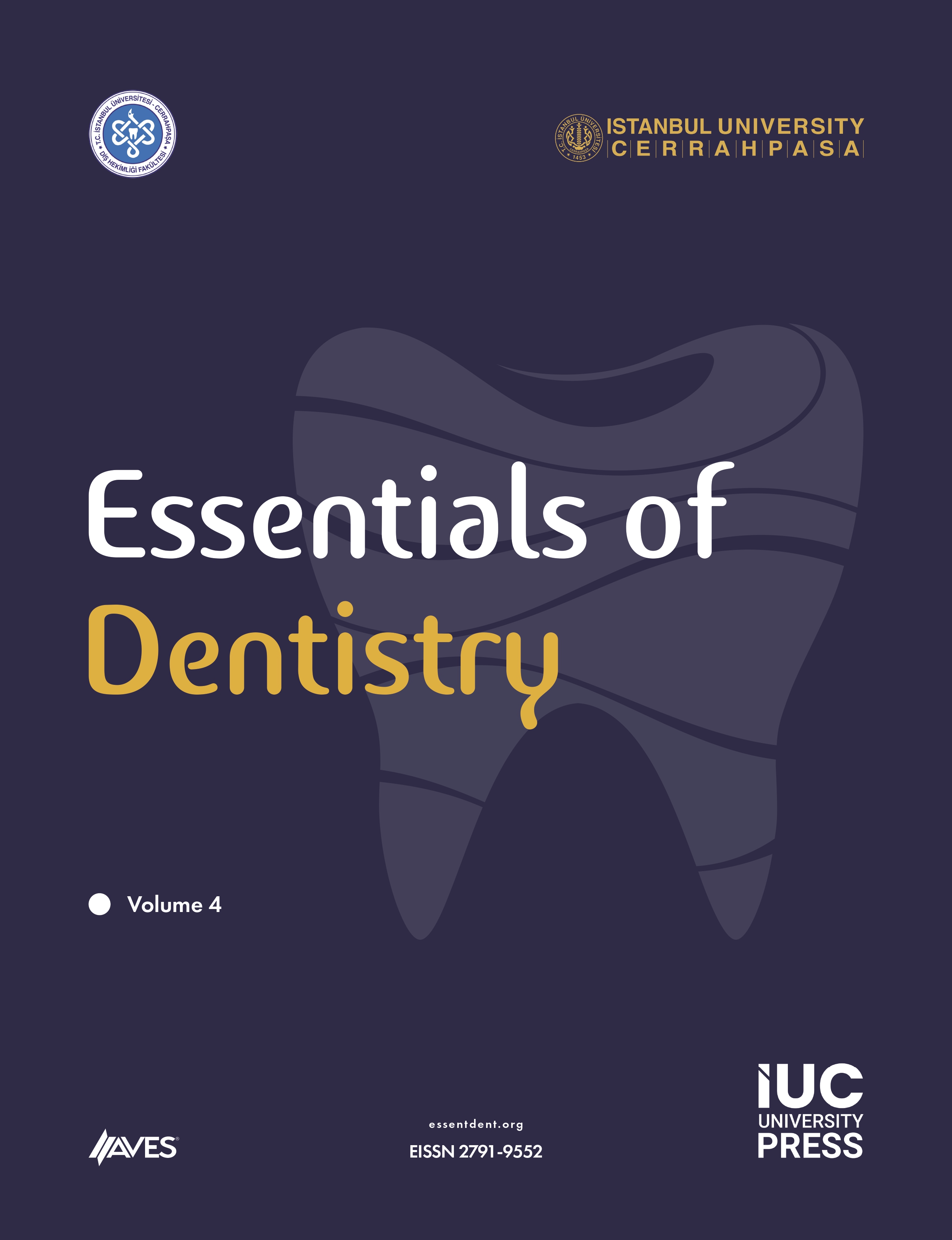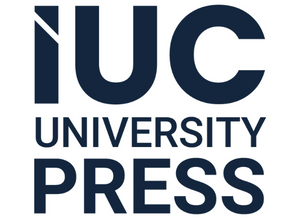Background: In dentistry, 3-dimensional (3D) printed permanent resin materials are widely used due to their durability and aesthetic versatility. However, their response to acidic environments, such as exposure to gastric acid in conditions like gastroesophageal reflux, is not yet fully understood. This study investigates the impact of simulated gastric acid on the color stability and surface roughness of 3D-printed permanent resin materials.
Methods: A total of 60 specimens (n = 15 in each group) were prepared as disc-shaped specimens using 4 different 3D-printed permanent resins: VarseoSmile TriniQ (VST), Crowntec (CR), C&B Ceramic Resin (CB), and Permanent Crown (PB). The specimens were exposed to a simulated gastric acid solution (pH 1.2) at 37°C for 18 hours, and color change (ΔE) was measured by a spectrophotometer, and surface roughness (Ra) was measured by a contact profilometer.
Results: After gastric acid exposure, color change (ΔE) in all groups remained within clinically acceptable limits (ΔE <3.3). However, significant differences in surface roughness were observed depending on the material type. The CB group showed higher surface roughness compared to the other groups (P < .05).
Conclusion: The 3D-printed permanent resins maintained color stability under gastric acid exposure, while surface roughness varied depending on the material composition. These findings highlight the importance of material selection, especially for patients with acidic oral environments.
Cite this article as: Dinçer G, Şeşen P. Effect of gastric acid on surface roughness and color stability of 3D-printed permanent resins. Essent Dent. 2025, 4, 0042, doi: 10.5152/EssentDent.2025.25042.






